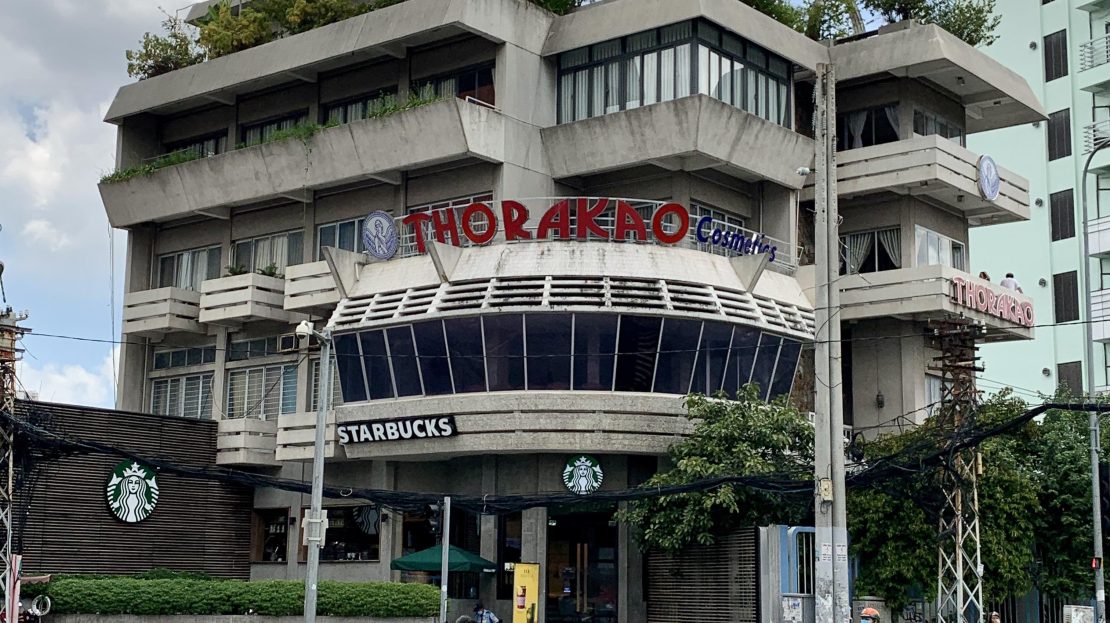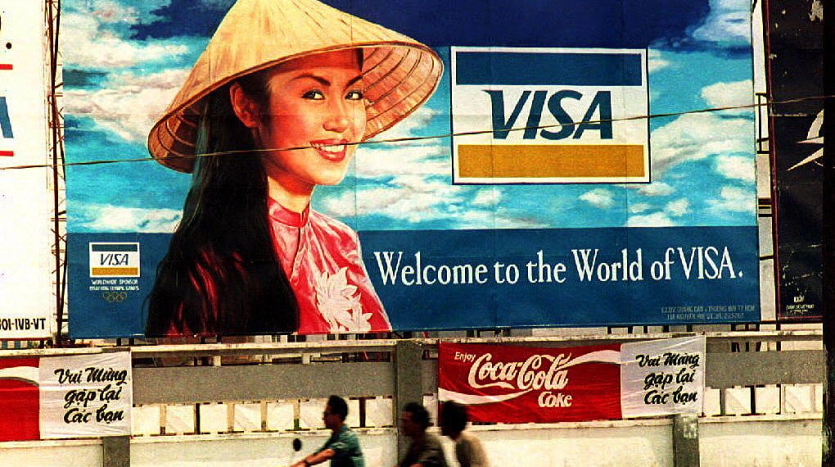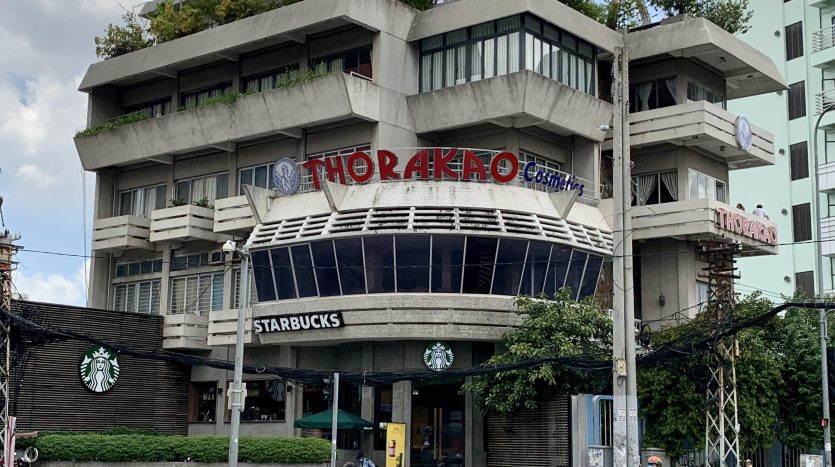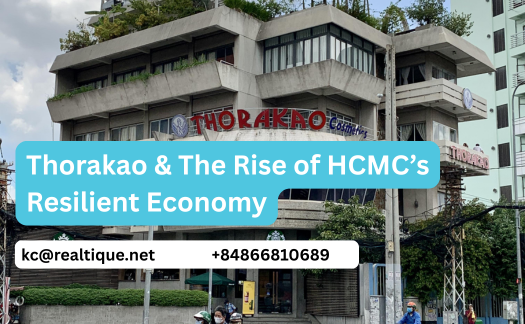Thorakao & The Rise of HCMC’s Resilient Economy
From a small skincare brand to FDI zones, HCMC’s journey shows how local grit and bold reform revived Vietnam’s economy post-1975 and shaped its modern identity.

Table of Contents
Thorakao and the Economic Transformation of Ho Chi Minh City
In 1961, a small skincare workshop named Lan Hao was born in Saigon. Over the next decade, it grew into Thorakao, a household name producing shampoo, soap, and creams. By 1969, the company had expanded to Cambodia and was exporting across Southeast Asia. According to Huynh Ky Tran, Thorakao’s chairman, foreign soldiers in Vietnam often brought the products home to their families. “Back then, it sold like crazy,” he recalls.
However, the company’s momentum was interrupted after Vietnam’s reunification in 1975. Like many businesses in Ho Chi Minh City, Thorakao continued operating briefly using leftover materials. By 1978, imports were blocked, and local supplies ran out. Packaging, scents, and key ingredients became impossible to find. Trân chose to stop distributing to dealers and instead saved products for family and friends. “We didn’t want to lose our family trade, so we kept it going quietly,” he said.
This reflected a broader struggle in post-war Saigon. Once hailed as the “Pearl of the Far East,” the city soon faced food shortages and inflation. Historian Phan Xuân Biên describes the era as one of deep hardship. “People had to mix rice with cassava or cornmeal, sometimes up to 90%,” he said. Basic life conditions worsened rapidly.
The ‘Dangerous Decade’
Despite initial optimism, foreign interest in rebuilding Vietnam faded quickly. Pham Chi Lan, an economist with the Vietnam Chamber of Commerce and Industry, remembered hosting delegations from Malaysia, Australia, and even U.S. chambers in Hong Kong. All hoped to take part in Vietnam’s reconstruction. Ho Chi Minh City had strong foundations, with over 1,700 factories still intact in 1975, and industries like food, chemicals, and footwear thriving.
Yet by late 1978, tensions at the Chinese border and a shift toward economic centralization caused investment enthusiasm to collapse. The U.S. embargo discouraged global firms, and Vietnam’s policies toward private businesses proved stifling. Many skilled workers and entrepreneurs left. Domestic trade slowed. “The biggest loss was human capital,” Lan said. “So many people didn’t want to leave but had to.”
The economy was further constrained by tight state control and rationing. Farmers left their land. Small merchants gave up. Private businesses that had survived during the war now faced pressure from all sides. Biên summarized the decade with one phrase: “dangerous hardship.” He explained that since 1930, Vietnam’s Communist Party had used the term “hiểm nghèo” only twice—during the resistance in 1945–46 and again during this postwar period.
Reform Starts from Within
Despite these challenges, Ho Chi Minh City began pushing for change. Leaders like Nguyen Van Linh and Vo Van Kiet, both former city party secretaries, quietly allowed local factories more freedom to produce and trade. Though the economy was still centrally managed, city officials began to bend the rules—allowing companies to seek materials, strike informal deals, and bypass rigid supply chains.
In the early 1980s, the city unlocked supply warehouses and encouraged companies to use leftover goods. This gave rise to new manufacturing efforts at firms like “Dệt Thành Công” and “Bột giặt Miền Nam”. The city created export-import companies to buy raw materials abroad and sell Vietnamese products overseas. Meanwhile, efforts like the “Gạo cô Ba Thi” program allowed city officials to purchase rice directly from the Mekong Delta, bypassing price controls.
These moves kept production alive. But more importantly, they laid the groundwork for broader reform. By 1983, Linh arranged for business leaders to speak directly with senior national leaders, including Trường Chinh, head of state at the time. Their message was direct: central planning was failing. When Linh later became General Secretary in 1986, he helped launch “Đổi Mới”, Vietnam’s sweeping renovation campaign. The country ended rationing, opened its economy, and allowed private businesses to grow.
The Spirit That Won’t Quit
What made HCMC different? According to Pham Chi Lan, it was always a market city at heart. “Business runs in the blood here,” she said. Even during war, Sai Gon maintained a vast trading network. After peace returned, its entrepreneurs, city leaders, and citizens moved quickly to seize new opportunities.
As reforms took hold, private businesses were finally legalized with the 1990 Enterprise Law. KIDO, Thorakao, and others became formal contributors to the national economy. In 1985, non-state business output in HCMC was just 8.6 billion VND. By 1995, it had jumped to 15,402 billion VND, nearly 1,800 times higher.
The results weren’t just economic. They reshaped the identity of a city once frozen in crisis. Today, Ho Chi Minh City continues to lead Vietnam’s growth—and its example shows how resilience, reform, and a readiness to embrace the future can rebuild even the most battered economies.
Thinking about investing in Vietnam’s real estate market?
📩 Let Realtique guide you with expert insights, trusted advice, and tailored property options for overseas investors.








